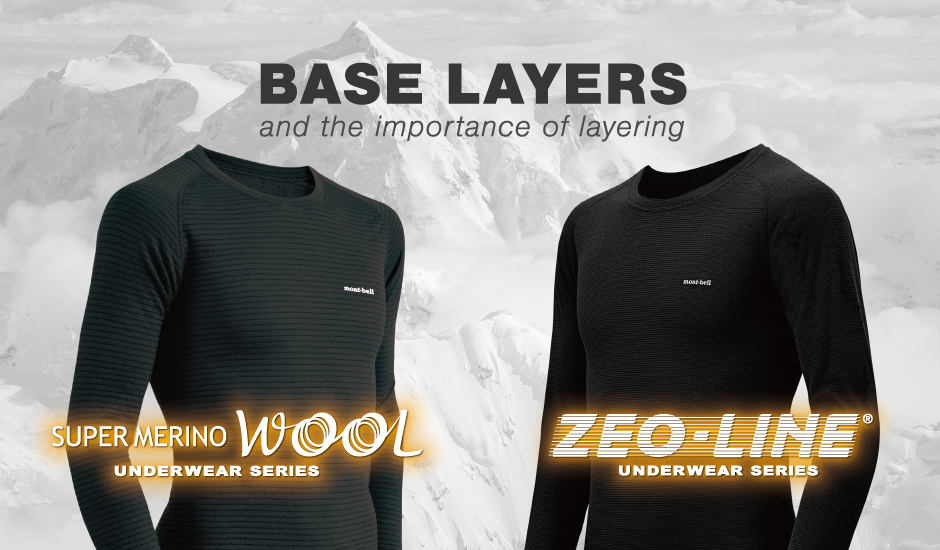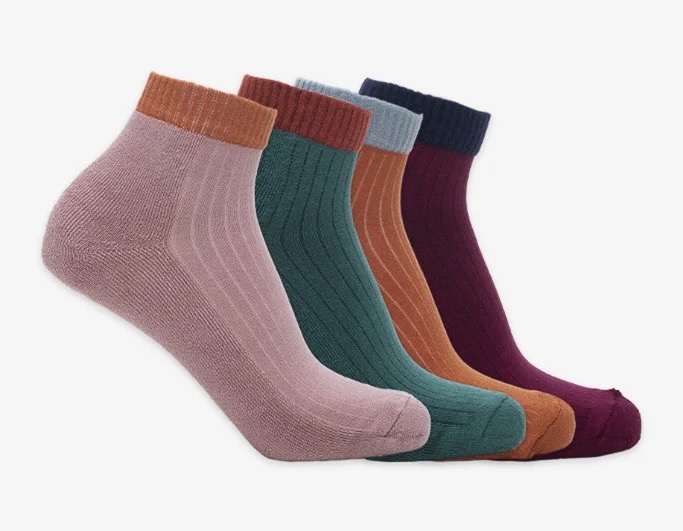Excellent Bamboo Clothing Site
Wiki Article
What Makes Yak Merino's Base Layer So Good To Wear For Winter Sports And What Is The Reason?
Due to a combination and advantages of yak and Merino Wool, merino base layers can be used effectively for winter sport clothing. The hollow fibers retain air and provide great insulation. This fabric, when combined with Merino Wool, an excellent insulator, gives excellent warmth that keeps the body warm in cold temperatures.
Merino wool is moisture-wicking which means it can draw the body's moisture away and release it back to the air. It keeps you dry. Yak wool is moisture-wicking, which is in addition to the merino wool. This combination regulates the body's temperature by keeping the moisture out of the skin, even during intense physical exercise in cold weather.
Merino wool's softness and ease of use are well-known. The silky fibers and softness of the wool makes it less prone to causing irritation. It is a blend of soft and smooth yak-wool fibers, this wool is extremely comfortable.
Both Merino and Yak Wool are characterized by natural antimicrobial properties that help to inhibit the growth of bacteria that cause unpleasant odors. This helps keep the clothing fresher, even when used for long periods of time.
Durability: Yak wool has a natural endurance. When it is combined with merino fibers it is a great choice in outdoor sports as well as other activities.
Temperature Regulation Temperature Regulation: Yak Merino Wool Base Layers are breathable, and they have insulating properties that regulate body temperature. They keep the wearer warm in cold weather and keeps them warm.
Merino Wool and Yak wool are renewable, biodegradable fibers that make them eco-friendly options for winter sportswear.
Yark merino base layer provides warmth, comfortability, moisture management and durability. It is perfect for winter sports in cold conditions. Have a look at the most popular merino wool base layer info for blog examples including best merino base layer, smartwool classic thermal merino quarter zip base layer top women's, sitka base layers, ski layers, airblaster merino ninja suit, best merino wool base layer, merino wool underwear womens, terramar merino woolskins, wool long underwear mens, ice breaker thermals and more.

What Are Some Benefits That Bamboo Clothing Provides In Terms Of Comfortability As Well As Sustainability And Protection When Used As Outdoor Winter Clothing?
Bamboo clothing offers many advantages in terms of comfort and durability for outdoor winter clothing.
The softness of bamboo fabric a smooth and soft texture that is soft on the skin. It's often compared to silk or cashmere for its luxurious feel.
Bamboo fibers that are moisture-wicking contain moisture-wicking properties, removing moisture away from the skin and keeping the wearer dry and comfortable during physical activities.
Thermal Regulation- Bamboo clothing has natural temperature-regulating properties, providing warmth in winter while remaining breathable to prevent overheating.
Sustainability-
Bamboo is a plant which can be used to grow quickly and without pesticides. Bamboo is able to regenerate quickly, making it an environmentally sustainable option for clothing materials.
Low environmental impact - Bamboo farming uses less water and is more efficient. Bamboo also does not deplete the soil's nutrients. Bamboo absorbs and emits CO2 more than any other plant.
Protection for Outdoor Wear-
UV Protection - Bamboo fabric has inherent UV-resistant properties providing natural protection from harmful UV rays.
Antibacterial Properties - Bamboo is a natural antimicrobial agent called "bamboo Kun," that helps to prevent the growth of bacteria responsible for odor, keeping clothing fresher for longer durations, particularly during outdoor activities.
The Other Benefits
Durability - Bamboo fibers possess the highest degree of durability that makes them ideal for outdoor clothes that are likely to be subjected harsh use.
Biodegradability. Bamboo clothing is biodegradable nature, meaning that it is able to decompose naturally at the end its life cycle.
In winter outdoor clothes, bamboo fabric can provide an array of comfort, thermal regulation as well as moisture management and sustainability, making it a desirable option for those looking for eco-friendly and high-performance clothing. View the top rated bamboo clothing for website recommendations including bamboo pajama pants, long sleeve bamboo t shirt, onno bamboo shirts, bamboo family pajamas, bamboo fiber t shirt, freefly hoodie, bamboo apparel wholesale, bamboo yoga trousers, bamboo infant clothing, bamboo activewear and more.

How Does Merino And Bamboo Clothing Compare To Wool In Terms Of Texture, Warmth And Moisture Absorption?
The texture is the primary element to be considered when comparing the merino garments to traditional bamboo clothing and wool.
Merino Wool- Merino wool is renowned for its softness and fine fibres. It provides a smoother and less scratchy texture than traditional wool. It's also thought to be more comfortable to wear.
Bamboo Clothing - Bamboo fabric has a silky smooth texture. It is often compared with luxurious materials such as silk or cashmere. The fabric is soft, which makes it ideal for comfortable fit.
Traditional Wool - Traditional wool is available in various textures. Some might be more coarse than others, and can cause itching, discomfort, or irritation in comparison to clothes made of Merino.
Warmth-
Merino Wool Merino is an excellent wool to warm yourself due to its insulation properties. It holds heat even when it is damp and provides an excellent insulation in cold weather.
Bamboo Clothing Bamboo Clothing warm, but it does not provide the same level of insulation like merino. It can regulate body temperature, and can be comfortable in a range of conditions.
Traditional Wool- Similar to the wool of merino traditional wool offers warmth and insulation. However, it may feel bulkier or heavier in comparison to bamboo or merino clothes.
Moisture Absorption-
Merino Wool Merino Wool is a natural fiber that has amazing moisture-wicking properties. It pulls moisture away from the skin and lets it evaporate. Even when it is damp it is warm.
Bamboo Clothing - Bamboo fabric will also wick moisture away making it comfortable for active people. It regulates the moisture and keeps wearer dry.
Traditional Wool- While wool is able to absorb water, it doesn't have the same wicking properties as bamboo fabric or merino. Wool can be heavy and damp when wet.
In the end, merino Wool is renowned for its warmth, softness, and moisture-wicking capabilities. Bamboo clothing features a silky texture and is warm, with good moisture control. Traditional wool may have a different texture, and provide warmth and moisture absorption however, they feel coarser or heavier when compared with wool or bamboo clothing. Each material has unique properties that are suited to various clothing preferences and requirements. See the most popular find out more on bamboo winter clothings for website advice including base layer for warmth, merino wool underlayer, smartwool merino 250, best ski underlayers, ice breaker thermals, wool undershirt women's, skiing base layers, smartwool 250 women's, smartwool long underwear, 100 merino wool base layer and more.
